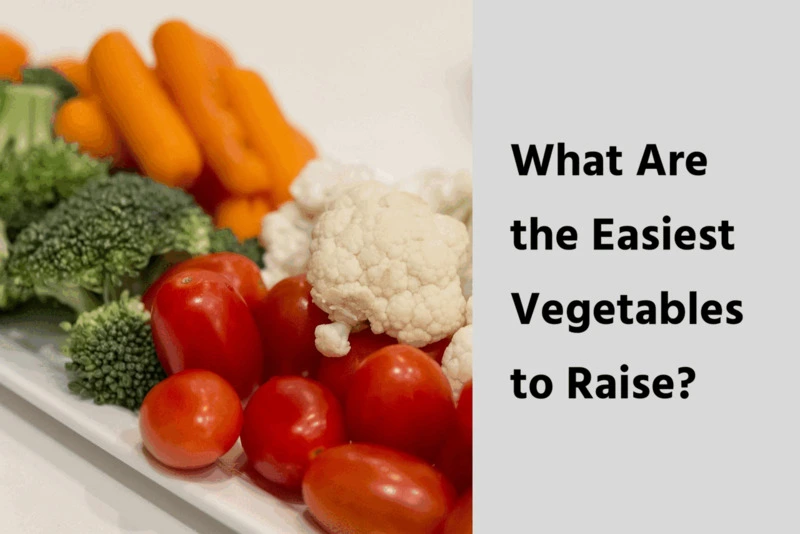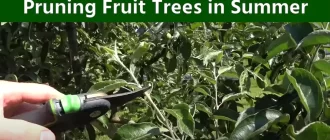Planting vegetables in a garden has many benefits that are worth considering.
It is a great way to promote a healthy lifestyle by adding fresh vegetables to one’s daily meals, which are loaded with essential nutrients and antioxidants. Research has shown that children who are exposed to homegrown produce are twice as likely to eat five servings of fresh fruits and vegetables a day compared to children who do not.
Additionally, growing a vegetable garden can save hundreds of dollars on grocery bills, as households spend around 60% on meals and snacks.
Another great benefit is that it is eco-friendly to grow food organically without using any toxic chemicals. Organic produce is healthier, tastier, and more sustainable compared to store-bought meals that are high in sodium, sugar, and food additives. With a vegetable garden, people have total control over the quality of the ingredients, and they can enjoy sustainable fruits and vegetables while spending less money on food.
In addition to promoting a healthy lifestyle and being eco-friendly, gardening also keeps people fit because it is a wonderful hobby that can tone muscles and build strength. Engaging in gardening activities like weeding, planting, watering, and harvesting can help boost people’s moods and soothe frazzled nerves. Overall, growing a vegetable garden promotes healthy living, saves money, reduces carbon emissions, and keeps people physically and mentally active.
And now let’s look at 8 low-demand, easy-to-plant and easy-to-care-for vegetables that we boldly recommend for the spring and summer season:
- Lettuce, a cool-season crop that can be sown in either early spring or late fall, is one of the simplest vegetables to cultivate. Plant seeds either in the garden or in a greenhouse to be transplanted later. Lettuce is a quick-grower that’s ready to be picked in a few weeks after planting. The seedlings should be thinned so there is enough room for them to grow, and the soil should be kept continuously wet.
- Similar to lettuce, spinach thrives in well-drained soil that has been amended with compost. You may either sow seeds outside or start them indoors and then transplant them. Spinach is a fast-growing, frost-resistant plant that can be picked as early as 40 days after planting. Water the soil regularly to promote development.
- Green beans are an easy-to-grow crop that provides a bountiful harvest. Make harvesting easier by training them to climb a trellis. Plant seeds either outdoors or in a greenhouse to be transplanted later. Always follow the guidelines provided on the seed packet when growing green beans, as there are many different types.
- Radishes are a simple root crop to cultivate that matures rapidly. They do best when planted in well-drained soil with compost in the early spring or late fall. Direct sowing into the ground and subsequent thinning will ensure adequate space between plants. In as little as three to four weeks from planting, radishes are ready to be picked.
- Carrots need a lot of compost and a soil that drains well. Plant seeds in the earth and then remove immature seedlings to space them out. While it may take a bit longer than a crop of radishes to develop, carrots are still ready to be picked a few months after planting. Avoid root rot by maintaining a constant moisture level in the soil.
- Cucumbers, a vining plant that thrives in warm climates and wet soil, are the sixth easiest vegetable to cultivate. Plant seeds either outdoors or in a greenhouse to be transplanted later. Allow cucumbers plenty of freedom to stretch out as they mature. Cucumbers have a fresh flavor when picked while still firm and green.
- Tomatoes, like other warm-season plants, need plenty of sunlight and a soil amendment like compost to thrive. Seeds can be started inside, or young plants can be purchased from a garden center or nursery. Tomato plants need to be caged or staked as they develop, and they need regular watering to thrive. Pick tomatoes at the peak of ripeness for maximum taste.
- Tender peppers need plenty of sunlight and compost-enhanced, well-drained soil to thrive. Seeds can be started inside, or young plants can be purchased from a garden center or nursery. Pepper plants should be kept continuously wet and should be staked as they develop. Peppers have the most flavor when picked when they are fully mature and colored.

Grow a rich harvest with little work by planting these simple crops in your yard. Keep the soil continually wet and plant according to the directions for optimal development.







